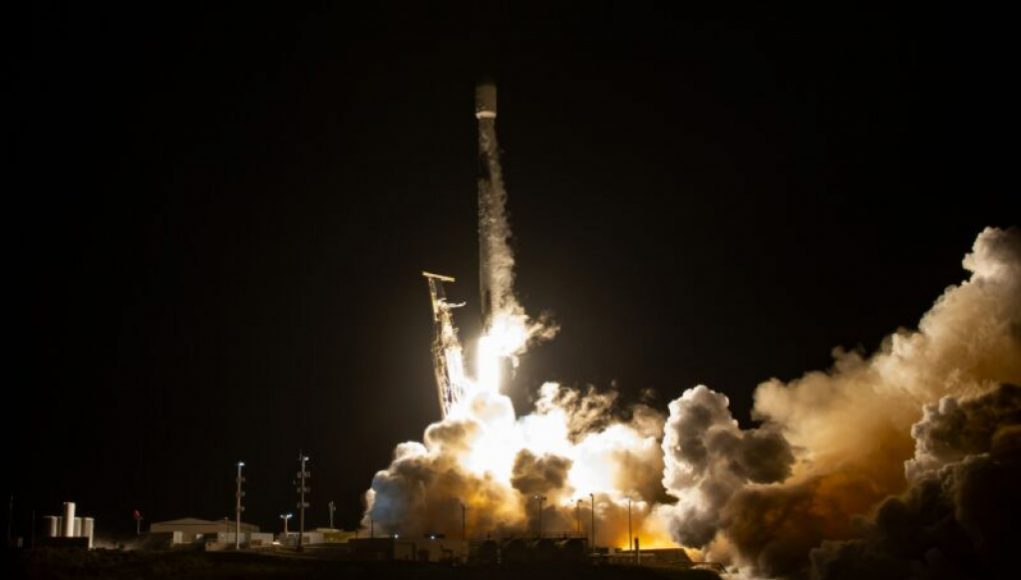Welcome to Edition 5.41 of the Rocket Report! The next three launches on the global calendar are all Falcon 9 missions, and I continue to be astounded by the rocket’s ability to launch and its reliability record. Read on for more exciting news.
As always, we welcome reader submissions, and if you don’t want to miss an issue, please subscribe using the box below. Each report will include information on small-, medium-, and heavy-lift rockets and a quick look ahead at the next three launches on the calendar.
North Korean orbital launch fails. North Korea attempted to launch a military spy satellite on Wednesday morning, but it failed due to a problem with an upper-stage rocket engine. The country plans to make another attempt soon. The new “Chollima-1” rocket was attempting to launch a military reconnaissance satellite. The cause of the failure is not entirely clear, but there was an “abnormal” ignition of the second stage, according to the North Korean space agency.
Vega C to launch Korean satellite. Arianespace has signed a launch contract for the Earth observation satellite Kompsat-6, which will fly into orbit on the European light launcher Vega C. Kompsat-6 is the second Synthetic Aperture Radar imaging satellite developed by the Korean space agency, KARI.
ClearSpace-1 servicer spacecraft to launch on Vega C. Swiss-based in-orbit servicing startup ClearSpace has contracted Arianespace to launch its first debris-removal mission to capture and deorbit a 100 kg piece of space debris. Europe’s Vega C will launch the spacecraft to low-Earth orbit from French Guiana in the second half of 2026.
Minotaur 4 returns for more. Northrop Grumman has won a $45.5 million contract to launch a small weather satellite in 2025. The company’s Minotaur 4 rocket will launch a payload called “Electro-Optical Infrared Weather System,” a prototype satellite that will demonstrate commercial weather imaging technologies for military use.
Latitude continues engine tests. French launch startup Latitude is pushing its Navier rocket engine to the limits in a new test campaign. This first version of the 3D-printed rocket engine will pave the way for a second iteration of Navier, nine of which will power the first stage of the Latitude’s rocket, Zephyr. The first launch of Zephyr is scheduled for the end of 2024.
On Sunday, November 8th, SpaceX invited the world to witness its remarkable progress in the development of its new spaceport, named “Starbase” at Cameron County, Texas. Led by its founder Elon Musk, the aerospace company has been working for months to create a sprawling complex where it could perhaps one day conduct flights to the Moon. On the same evening, news broke that North Korea attempted, and failed, to launch a military satellite.
SpaceX, the company responsible for sending astronauts to the International Space Station for NASA, stated that Starbase will eventually include a separate facility dedicated to the company’s Starship launches and landings. The facility will be capable of launching and refuelling craft up to 9 kilometres in diameter — the first of its kind in the world. The expected cost of the project is $100 million.
Progress on the project has been swift and impressive. A live webcast of the unveiling revealed that SpaceX has already broken ground on a 40-acre launch and landing zone adjacent to their existing Boca Chica launch and landing sites. In addition, the company recently filed documents to begin building accommodations and administering operations for nearly one hundred Starbase employees.
At the same time, North Korea experienced a dramatic launch failure. The Hermit Kingdom attempted to orbit a new military satellite, which would have been its second this year, but reports emerged late Sunday that it had failed to do so. The launch was conducted from the Sohae Satellite Launching Ground, and the satellite did not reach its intended orbit.
The combination of events serves to remind us all of the fragility of space exploration. As SpaceX continues to drive progress in the development of space exploration technology, there will likely be just as many failures as successes. Even as North Korea failed to launch its satellite, SpaceX continues to move forward in building the commercial spaceflight industry.




















